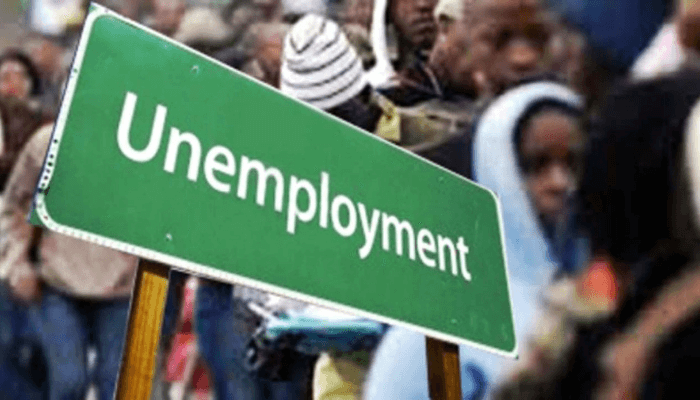By Aminu Adamu
Geneva
The global economic recovery is losing steam, with labour markets facing increasing strain from geopolitical tensions, climate-related costs, and persistent debt burdens, according to the International Labour Organization’s (ILO) World Employment and Social Outlook: Trends 2025 report.
The ILO’s flagship report, released on January 16, warns that while global employment growth kept pace with labour force expansion in 2024 — holding the unemployment rate steady at 5 percent — underlying weaknesses continue to threaten the resilience of labour markets worldwide.
“Decent work and productive employment are essential for achieving social justice and the Sustainable Development Goals,” said ILO Director-General Gilbert F. Houngbo. “To avoid exacerbating already strained social cohesion, escalating climate impacts, and surging debt, we must act now.”
Youth and Low-Income Countries Hit Hardest
One of the report’s starkest revelations is the persistently high global youth unemployment rate, which held at 12.6 percent in 2024. Low-income countries bore the brunt of labour market stagnation, struggling to generate decent work and facing a drop in labour force participation — especially among young men.
An estimated 85.8 million young men (13.1%) and 173.3 million young women (28.2%) were not in education, employment or training (NEET) in 2024, marking a combined increase of 2.8 million from the previous year. In low-income countries alone, NEET rates for young men and women surged to 20.4% and 37.0% respectively.
This trend, the report notes, increases vulnerability to long-term unemployment, social exclusion, and economic insecurity.
Widening Global Jobs Gap
The ILO estimates the global jobs gap — encompassing the unemployed, those temporarily unavailable to work, and discouraged job seekers — reached 402 million in 2024. This includes 186 million unemployed, 137 million temporarily unavailable, and 79 million discouraged workers. While the gap has been shrinking since the COVID-19 pandemic, the ILO expects this progress to plateau over the next two years.
Rising Costs, Slowing Growth
Global economic growth declined slightly to 3.2 percent in 2024, continuing a downward trend from 3.6 percent in 2022. Inflation, though easing, remains high in many countries, eroding real wages — especially in developing economies still grappling with pandemic aftershocks.
Labour force participation also presents a mixed picture. High-income countries saw modest gains, particularly among women and older workers, while low-income countries experienced declines. The persistent gender gap in employment remains a concern.
Opportunities in Green and Digital Sectors
Despite the challenges, the report highlights areas of promise — particularly in renewable energy and digital technology. Jobs in renewable energy climbed to 16.2 million globally, thanks to investments in solar and hydrogen power, although nearly half are concentrated in East Asia.
Digital technologies also show job creation potential, but many countries lack the necessary infrastructure and digital skills to fully capitalize on these opportunities.
Policy Recommendations
To tackle growing imbalances in the global labour market, the ILO urges governments and stakeholders to:
- Boost productivity by investing in skills development, education, and infrastructure;
- Expand social protection to ensure safer and more equitable working conditions;
- Leverage private finance, including remittances and diaspora funds, to spur local development in low-income nations.
The report underscores the urgency of coordinated global action to promote sustainable employment, strengthen social protection, and support the transition to a fairer economy.
For more information, access the full ILO report: World Employment and Social Outlook: Trends 2025.


